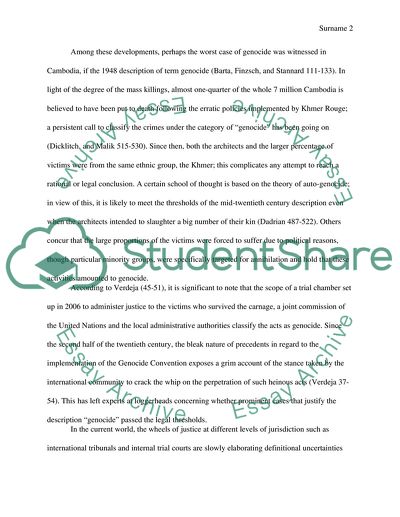Cite this document
(“The United Nations Involvement in Rwanda during the Genocide Research Paper”, n.d.)
Retrieved from https://studentshare.org/history/1449653-the-united-nations-involvement-in-rwanda-during-the-genocide
Retrieved from https://studentshare.org/history/1449653-the-united-nations-involvement-in-rwanda-during-the-genocide
(The United Nations Involvement in Rwanda During the Genocide Research Paper)
https://studentshare.org/history/1449653-the-united-nations-involvement-in-rwanda-during-the-genocide.
https://studentshare.org/history/1449653-the-united-nations-involvement-in-rwanda-during-the-genocide.
“The United Nations Involvement in Rwanda During the Genocide Research Paper”, n.d. https://studentshare.org/history/1449653-the-united-nations-involvement-in-rwanda-during-the-genocide.


